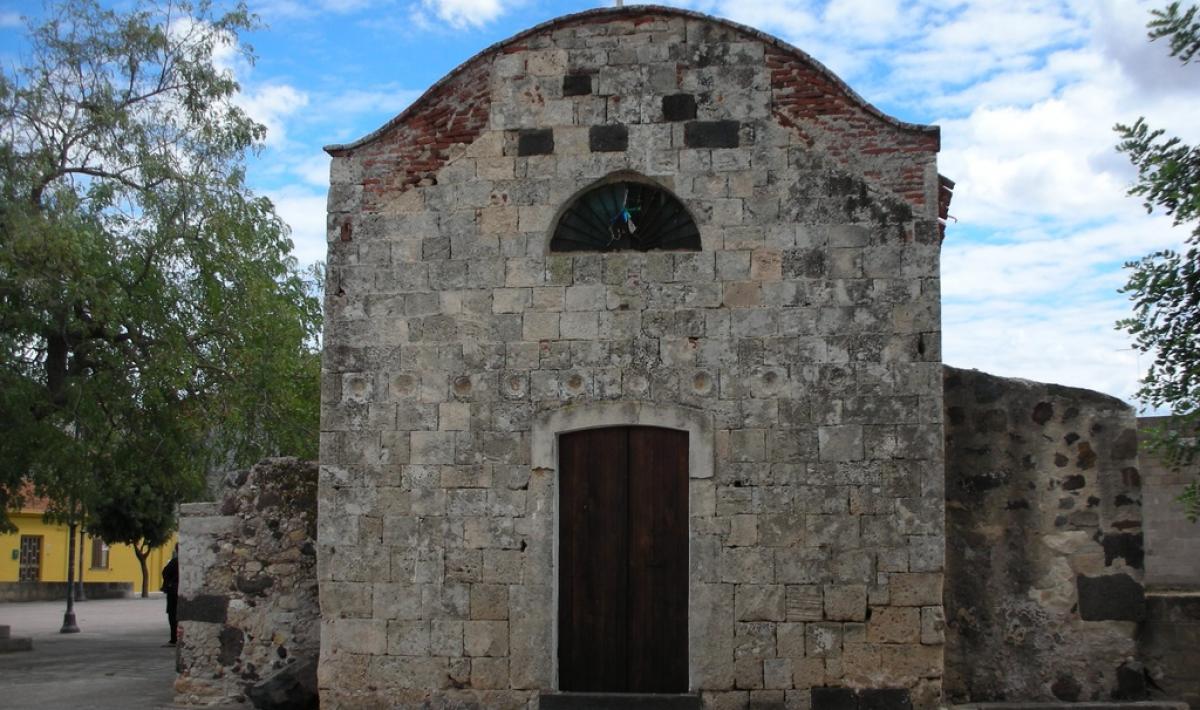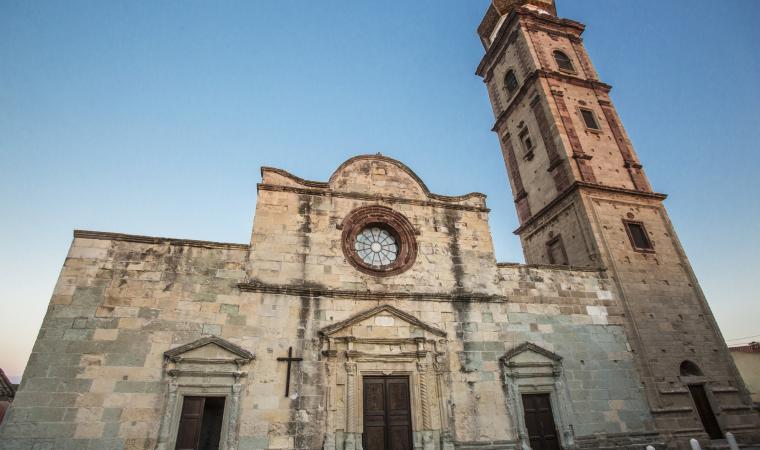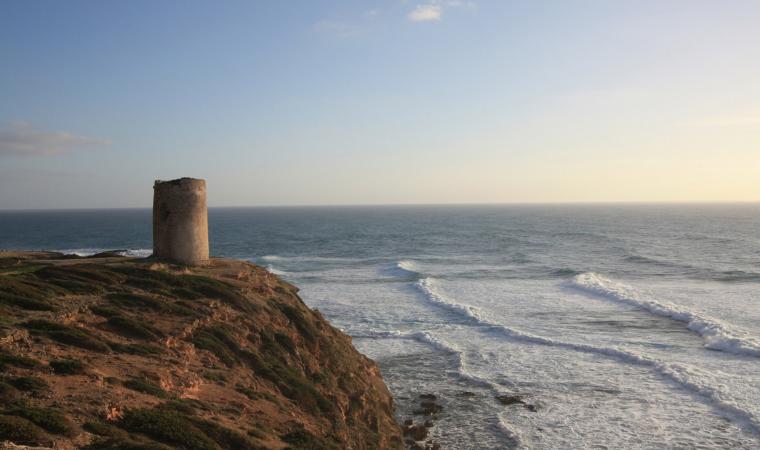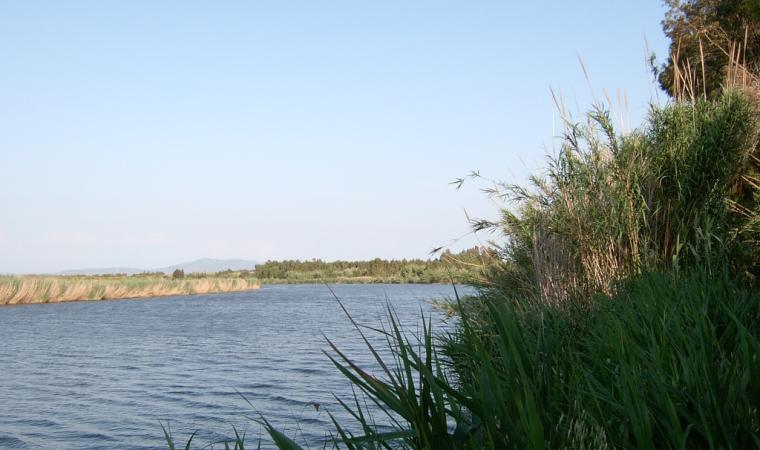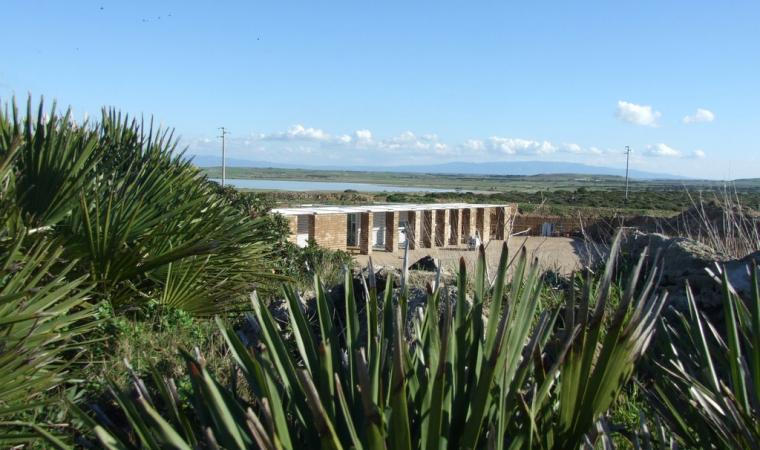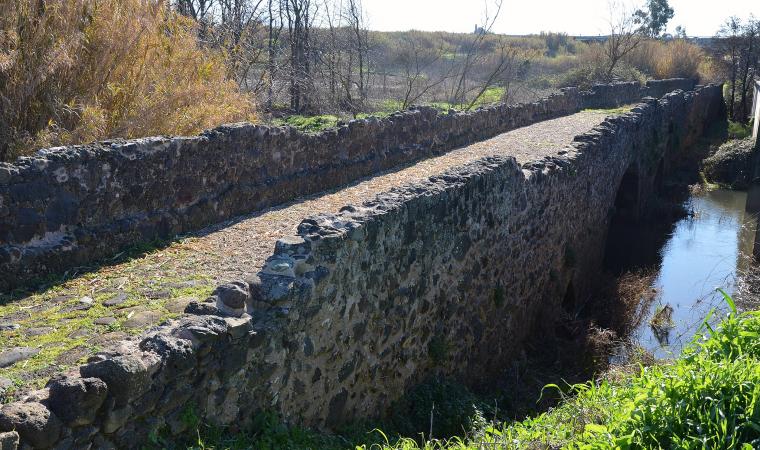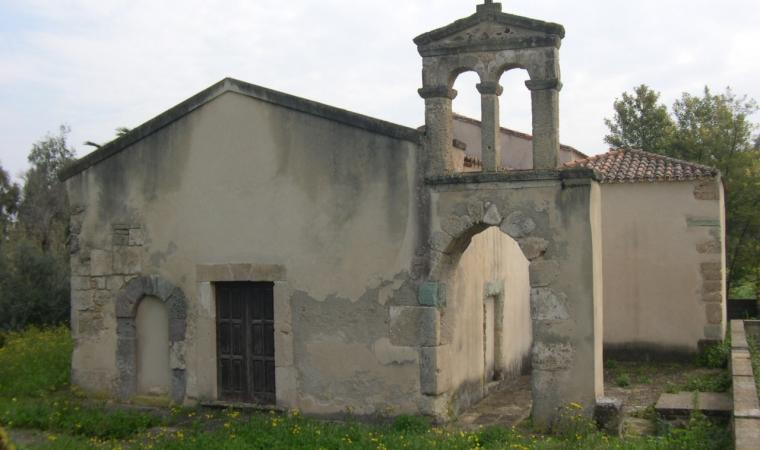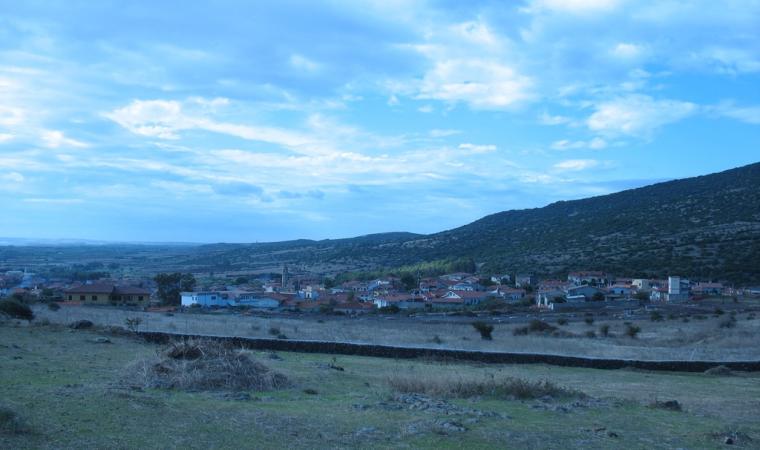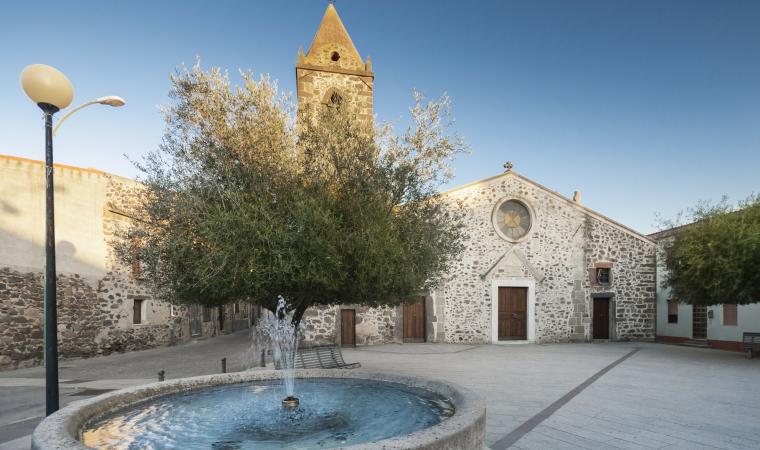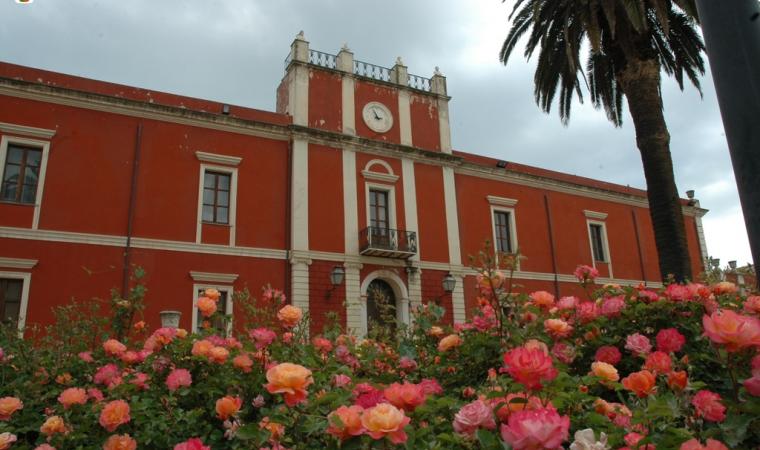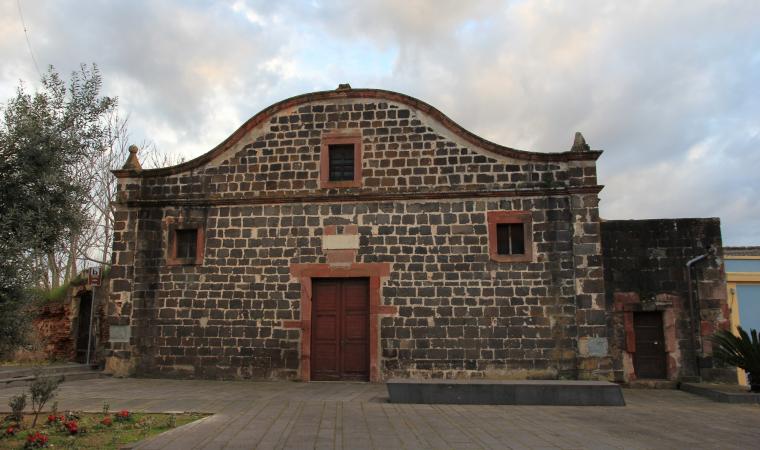Zeddiani rises up within fertile terrain characterised by fields planted with cereals and vineyards. A small town with just 1,100 inhabitants ten kilometres from the Campidano of Oristano sub-region, Zeddiani is known for its excellent agricultural products and handicrafts, especially textiles. Stand-out products include the wine production, such as the famous Vernaccia, a sweet and fragrant wine, and vegetables - especially tomatoes - to which the Sagra del Pomodoro (tomato festival) is dedicated in mid-August, presenting a great opportunity to taste typical dishes.
Around the town with medieval origins is evidence of Nuragic settlements, in particular the Nuraghe Couau and Nuraghe Urigu. Over the centuries the town has changed name several times, from Cellayani, to Cellevane, then Seleiani. All have the common Latin matrix of cellarium, being 'warehouse', a place where crops and especially wheat were stored. Of great value and interest in the historic town centre is the church of Madonna delle Grazie, founded in the 13th century and rebuilt in the 17th century. The façade is distinguished by light sandstone ashlar alternating with pieces of dark basalt to create an elegant two-tone effect. Equally prestigious, especially due to the adornments within, is the parish church of San Pietro Apostolo, dating back to the 17th century. To be admired within is a baroque wooden altar with a simulacrum of the Madonna della Neve in polychromatic and gilded wood. The parish church is the final destination of the procession, the climax of the feast of Sant'Apollonia, on 9th February. The patron saint of San Pietro is celebrated in late June, two weeks following the feast day dedicated to Sant’Antonio da Padova. Zeddiani is strongly connected to religious traditions. In addition to celebrations for its saints, the events of Settimana Santa (Holy Week) are also testimony to this, with the entire community of the town taking part.

